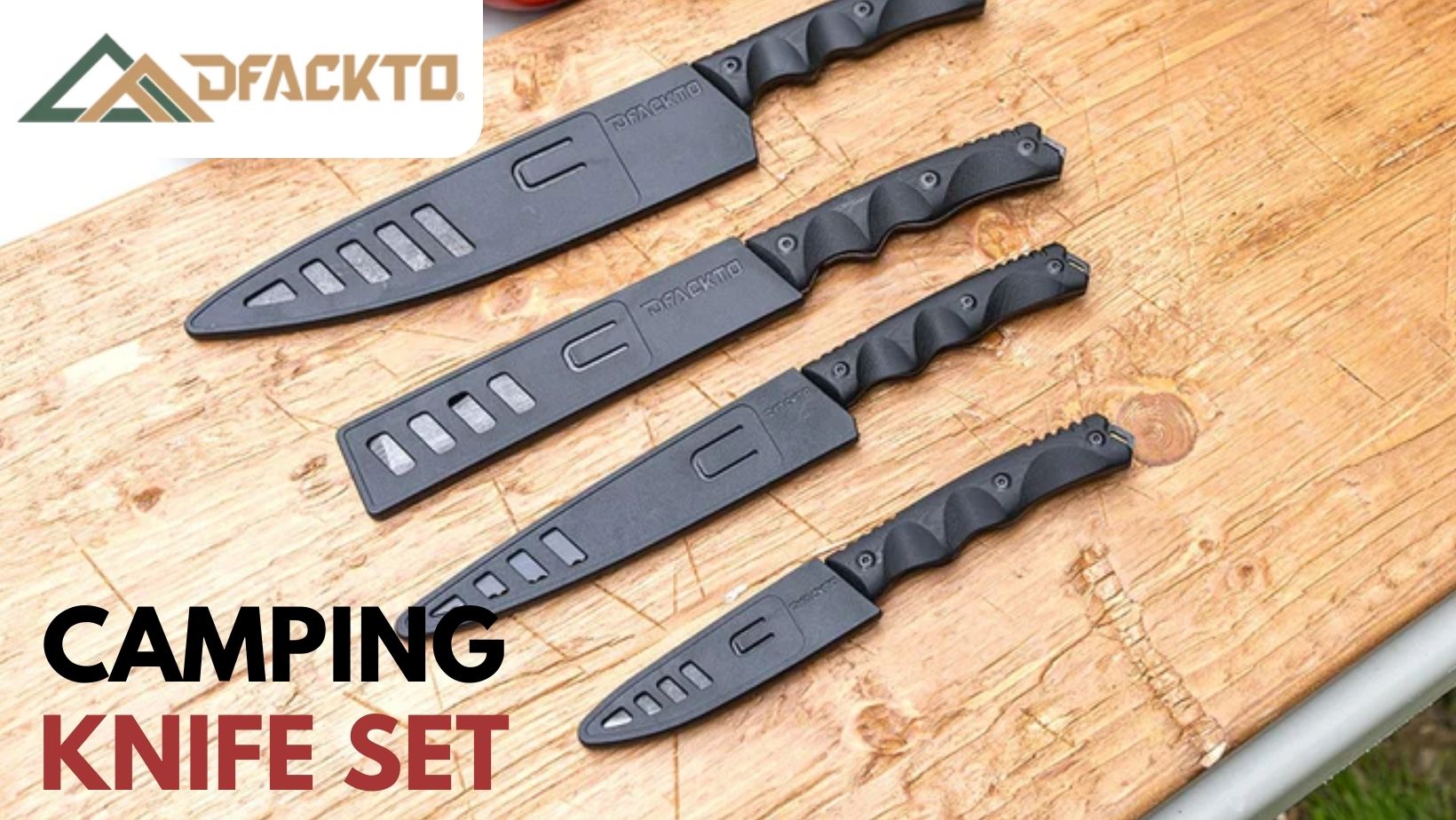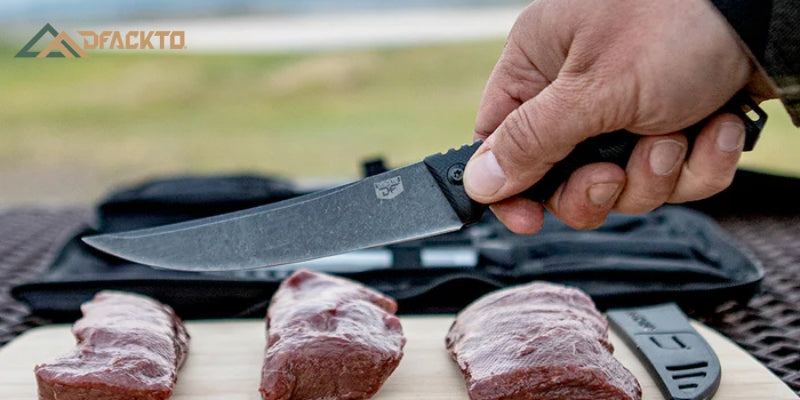In a kitchen that serves food, a variety of knives are utilized, and almost all of them have the potential to be dangerous if not handled properly. Knife safety instruction minimizes the danger of injury and keeps your kitchen in good working order.
Continue reading for some useful advice on the best chef knife safety if you are just starting out or simply need to review your strategy.
Safety Concerns with Kitchen Knives
Chef knife lacerations are among the most frequent accidents in kitchens that serve food. By following our kitchen safety advice, you can ensure that your crew is informed and prevent potential harm.
1. Using a Sharp Knife
You need to use greater force when cutting with a dull knife. The danger of damage rises as a result of the knife's increased propensity to slip. One of the simplest methods to keep your knives secure is to maintain the sharpness of your chef knife set. Simply retain the blade's original precision by using a sharpening stone or knife sharpener. Use sharpening steel if your knife only needs a quick touch-up in between complete sharpenings.
The majority of knife blades have a 20-degree angle on each side of the cutting edge in order to balance sharpness and longevity. You might wish to sharpen your knife to 15 degrees on either side if you frequently work with soft substances.
2. Choose the Right One
One of the most important knife safety advice that food service personnel should learn is choosing the appropriate knife for the task, from cheese knives to Japanese knives. Due to the enormous range of commercial knives' styles, forms, and sizes, making this decision can be intimidating.
The following are the factors you should weigh in while buying a knife.
- Size: Pick a knife that is appropriate for the type of food you are chopping. Use a cleaver instead of a little paring knife, for instance, as it will be less effective when butchering a huge cut of meat.
- Flexibility: A flexible blade is needed for some jobs, while a solid blade is needed for others. Compare the knife you would use to remove a fish's scales to the knife you would require to cut potatoes.
- Edge: The blade's edge has the power to greatly simplify or complicate your task. For instance, Granton blades make the best chef knife set for moist foods like cheese and salmon, while serrated knives are great for cutting through foods with sensitive centers.
Use your knife only to cut food, never anything else. In addition to endangering your safety, using your knife for other purposes could also harm it.
3. Keep Them Clean
It's critical to clean your knife as soon as you're through using it to avoid contamination. Kitchens become cluttered when knives are left on cutting boards or in sinks filled with soapy water, increasing the risk of injury and contamination.
Additionally, a clean knife is simpler to use. For the best grip, keep your knife clean to prevent food residue from making it slick. Keep the following points in mind while cleaning your chef knife set.
- It might be convenient to put the knife set into the dishwasher. But it’s not appropriate to put all the knives into the dishwasher as they might lose their sharp edges.
- Examining your blades before and after cleaning can assist in preventing food from accumulating since some types of knives may have handle or blade geometries that are likely to gather food waste.
4. Store It Appropriately
When you’ve got a secluded place in your kitchen solely for storing knives, everything remains organized and secure. Knives should be kept out of the way of your workspace when not in use. It is not safe for your workers or your knife to just store it in a drawer. Knife rolls and blocks for storage reduce accidents and extend the life of your blades.
5. Learn the Cutting Techniques
The most important aspect of knife safety is knowing how to cut properly. Incorrect handling of the best chef knife increases the chance of injury and kitchen equipment damage. Not to mention that using your knife wrongly causes you to work more slowly and with lower-quality results.
- Always chop ingredients on a cutting board. By doing this, you'll be able to cut consistently and safeguard your work surface.
- When cutting, pay attention to your hand positions. A firm grip on the handle is required by the hand holding the knife.
- Hold the sides of the blade close to the handle with your pointer finger and thumb for more control.
- Keep the other hand away from the blade. Observe how the chef holds the tomato while bending his fingers away from the knife.
- In one fluid motion, bring your blade down and through your component. You'll be able to keep control and cut more neatly if you do this.
Conclusion
One of your most frequently used instruments could become dangerous if you don't follow some simple knife safety precautions. Every time you add a new knife to your tool collection, be sure to teach your staff how to use it properly. Keep in mind the fundamentals of safe kitchen knife handling.
DFACKTO is your ideal solution for finding a premium range of the best chef knife set. Fabrication using top-notch quality stainless steel, the knives are stonewashed for supreme durability and sturdiness. The set is an ideal choice for outdoor kitchens, campsites, domestic use, etc. The ergonomic handles provide a non-slip condition even while wet. If you want to check out our product, reach out to us via mail at support@dfackto.com or call us at 8444332258.



